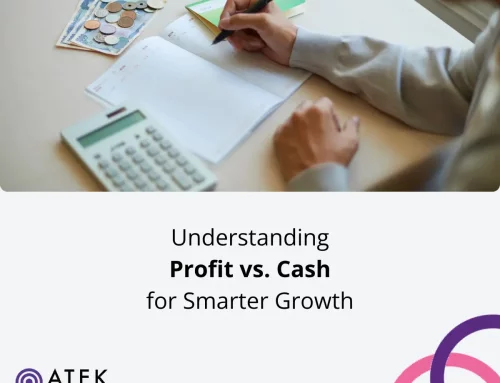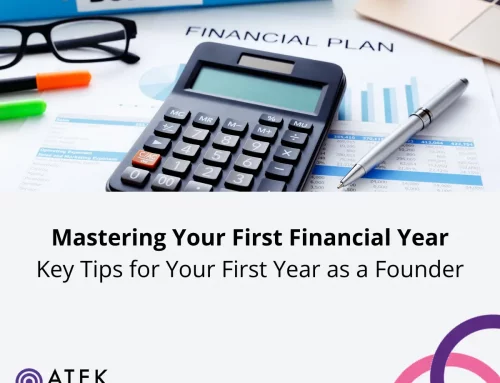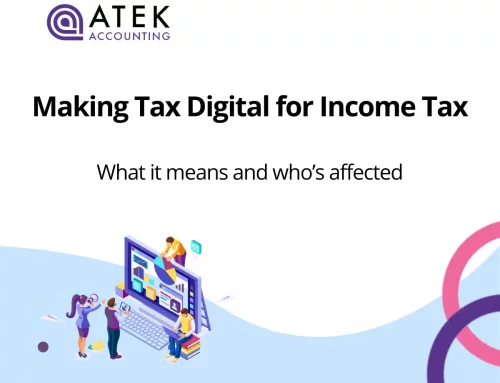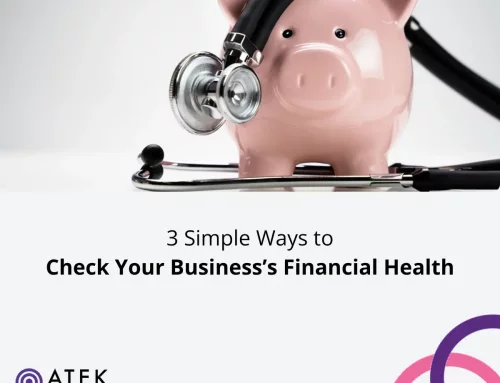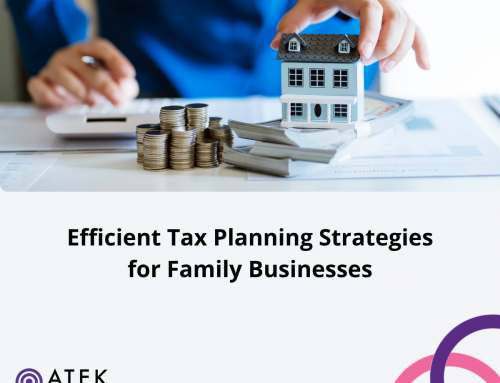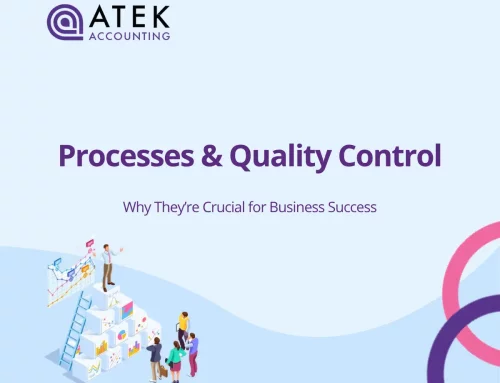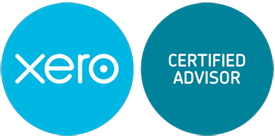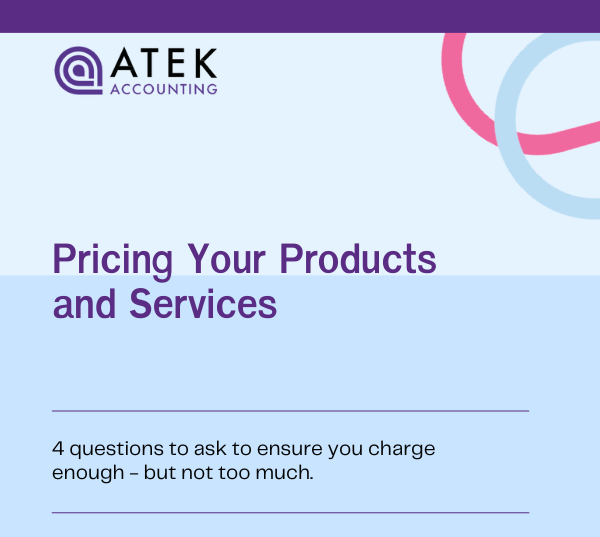
Pricing your products and services can be the trickiest part of running a business. Charge too much, and you risk turning customers away. Charge too little, and you could struggle to stay afloat.
Finding the sweet spot takes more than a rough estimate – it means thinking about your market, your customers, your goals, and your brand.
Here are four simple but effective questions to ask when working out your pricing strategy.
What To Consider When Pricing Your Products and Services
#1 – What is Your Market Position?
Before setting a price, you need to understand your market position. Start by asking:
-
Who are your competitors, and what do they charge?
-
What makes your product or service different?
-
Are you aiming to be affordable, mid-range, or premium?
Your pricing should reflect the value you offer and how your brand is perceived.
If you have a strong USP (unique selling point), you can charge more than your competitors. However, if there are many other businesses in your market offering an almost identical product, service, or experience, you may need to compete on price.
Understanding what customers are willing to pay – and what others are charging – is essential. Identifying your most valuable customers can guide you in setting competitive prices.
Market positioning is also about the experience you offer your customers. Are you a luxury brand, or do you offer budget-friendly products and services? What is the perception of your business?
Do some research. Look at what others are charging and think about where your offering fits in.
#2 – How Much Repeat Business Do You Want?
Repeat customers are essential for lots of small businesses. They’re easier to keep, tend to spend more over time, and often spread the word.
So, how does your pricing support customer loyalty? You may need to set a price that will encourage customers to buy more than once.
This could mean earning less profit during a single transaction, but it will attract a steady stream of repeat business. If your products or services are too expensive, customers may find a cheaper alternative elsewhere.
For service-based businesses and SaaS companies, setting the right prices and closely monitoring key metrics, such as customer retention rates and lifetime value, are crucial for ensuring long-term profitability.
While certain business types aren’t as dependent on repeat custom. Generally speaking, a high customer retention rate makes for a more profitable business since it’s far cheaper to retain existing customers than to attract new ones.
If long-term customer relationships matter to you, it might be worth slightly lower margins in exchange for loyalty and repeat business.
#3 – Are You Prepared To Go “Freemium”?
The “freemium” approach is a monetisation strategy where you offer a basic product or service for free and then charge for premium features or services. It can be a great way to draw people in.
It works especially well for digital or subscription-based businesses, but it’s also used for physical products and services (like free trials, samples, or taster sessions).
It can be an effective and low-cost way of attracting new customers, as they can try out your products or services without spending any money. However, there is a risk that some customers will never upgrade to the premium features or services.
So, what’s the key to ensuring customers upgrade? Make sure:
-
Your free offer is low-cost and easy to deliver.
-
Your paid offer clearly adds more value.
-
You’re tracking how many people upgrade and what it’s costing you.
If you go down this route, map out what your upgrade journey looks like and track how it’s performing.
#4 – Do You Want to Include Versions for Different Price Points?
Offering a few versions of your product or service at different price points can help you reach more customers and increase profits. Think:
-
Basic, standard, and premium service packages
-
Entry-level and high-end product ranges
-
Optional add-ons or custom bundles
Each option should offer something extra as the price increases – whether that’s speed, exclusivity, features, or personalisation.
For example, with Apple’s iPhone, you can currently purchase the more affordable mini version, the standard iPhone, or the iPhone Pro. Similarly, airlines offer economy class, business class, and first class.
With regards to your business, this could mean offering a basic, standard, and premium version of your product or service. The key is to make sure that the difference in price reflects the difference in value.
A more expensive product should offer more features or be of higher quality than the basic product, and your marketing should reflect this, too.
Make the benefits of each tier really clear. People often go for the middle option, so make sure it’s attractive and delivers great value.
Let’s Talk About Pricing That Works
There’s no one-size-fits-all pricing model for products and services. It’s important to consider all of the factors discussed above.
By asking yourself these four key questions, you’ll be in a better position to price with confidence – keeping your customers happy and your business profitable.
At Atek, we help small business owners review their financial data to ensure they’re building smart, sustainable pricing strategies based on real numbers – not guesswork.
Contact us, and we can work together to find the best pricing approach for you.
More resources:


